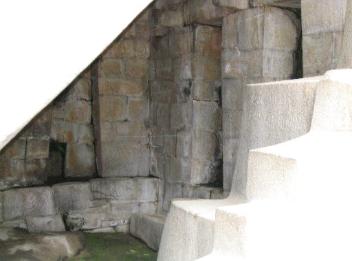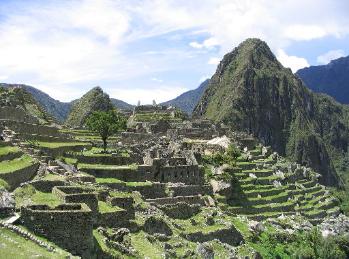
| | | | ||||
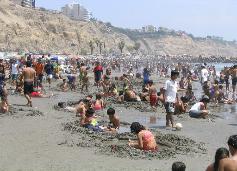
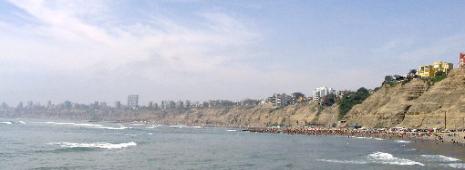
packed on this Sunday, (2) the City sits atop the cliff that surrounds this very large bay, (3) one nino is trying to get
his friend to look at my camera, while a man (supposedly the father of one of the boys) looks on, (4) rocks
arranged on an outcropping below the top of the cliff - very romantic, (5) San Martin Plaza was very nice. There
was/is a beautiful statue of a man on horseback in the middle (presumably of Martin) & (6) Plaza Meyor, the
main/central plaza of Lima, with the Cathedral De Lima and the Governor's Palace - very impressive.
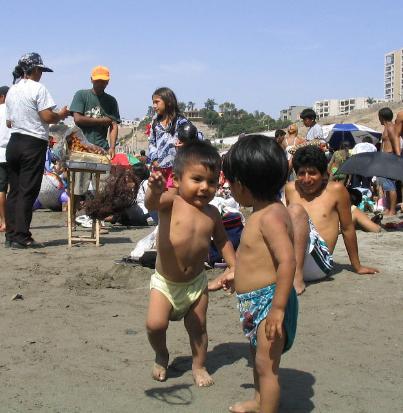
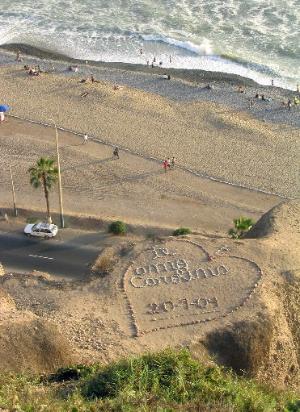
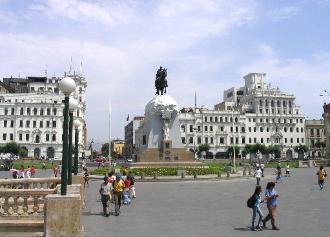
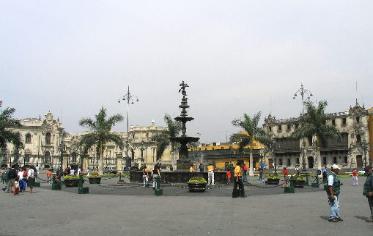
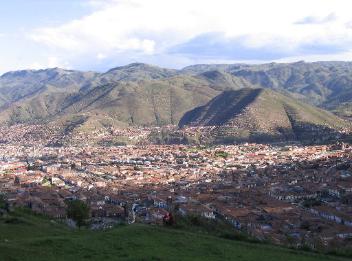
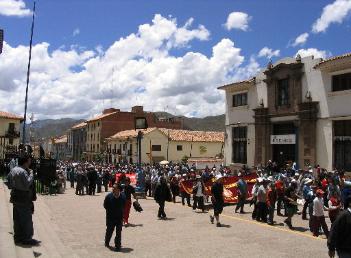
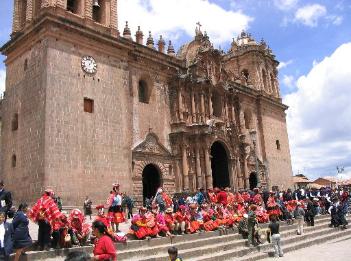
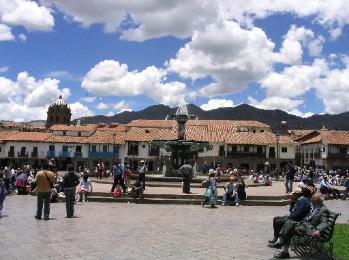
mountain, behind and above the City, (2) it just so happened that the first day I was in Cuzco, they had a
transportation strike, so I was forced to delay my trip to Machu Pichu for one day, (3) Plaza de Armas, the main
square, (4) The Cathedral on Plaza de Armas with indigenous people sitting in front, (5) a reenactment of a chant
to their G-ds at Qorikancha, which used to be an Inca temple covered with gold plates. When the Spanish came
in 1533, they destroyed most of the Inca temples, melted down the silver and gold and sent it back to Spain. They
kept the foundations and built on top of these larger stones, (6) a small backstreet in the San Blas Barrio of Cuzco,
a bohemian, arts district, (7) hangin' with my good buddy in front of the Inka Museum, (8) examples of
Pre-Columbian, native pottery - very advanced, (9) a burial crypt, they would mummify the more important
citizens - priests, chiefs and the wealthy, (10) Saqsaywuaman - the massive stonework here is an incredible
accomplishment, they used no mortar and the seems are water tight, look at the people in the upper left to get an
idea as to how massive these fitted rocks are & (11) Pukapukara - where we took photos with baby llamas and
the indigenous children, Inca site in background.
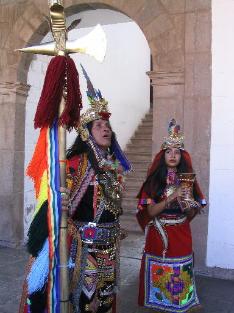
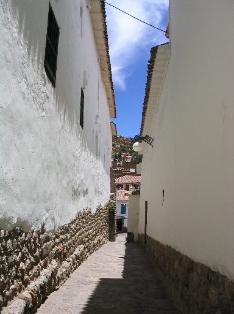
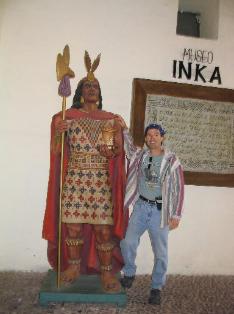
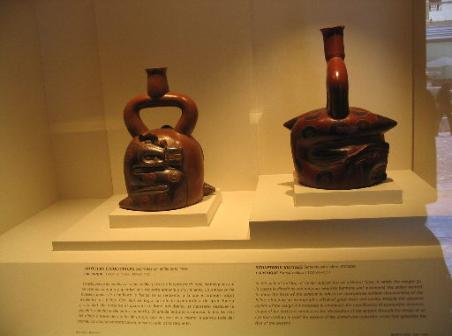
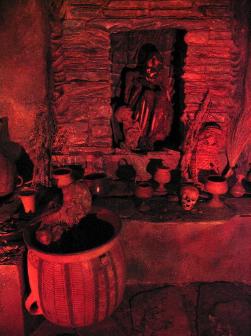
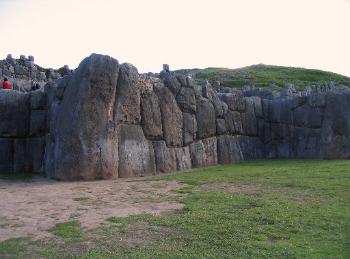
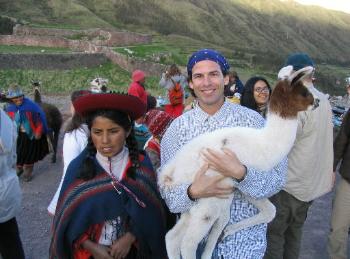
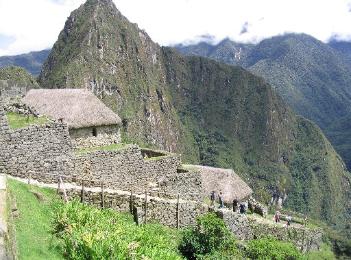
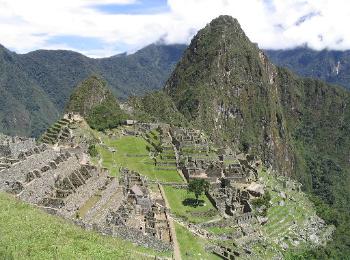
took approximately 100 years to build. The craftsmanship is impressive as well as the over-all lay-out of this small
city. The Inca Empire went from the 10th Century until 1533 – the Spanish conquest, lead by Francisco Pisarro.
The City of Machu Pichu is divided into two main sectors, the agricultural and the residential. The residential is
further divided into two areas, the commoners living on the lower plateau and the leaders and priests living on the
upper plateau. In 1911, Hiram Bingham, a Yale University professor, discovered Machu Pichu while looking for a
different Inca city. The following year, Yale University along with National Geographic financed a thorough
exploration of Machu Pichu. Their discoveries greatly enhanced our knowledge these very interesting and
accomplished people. Machu Pichu is the best preserved Inca ruin due to its hard to reach location.
Lower Left Photo: One photo which I took is of the burial chamber of the kings.
